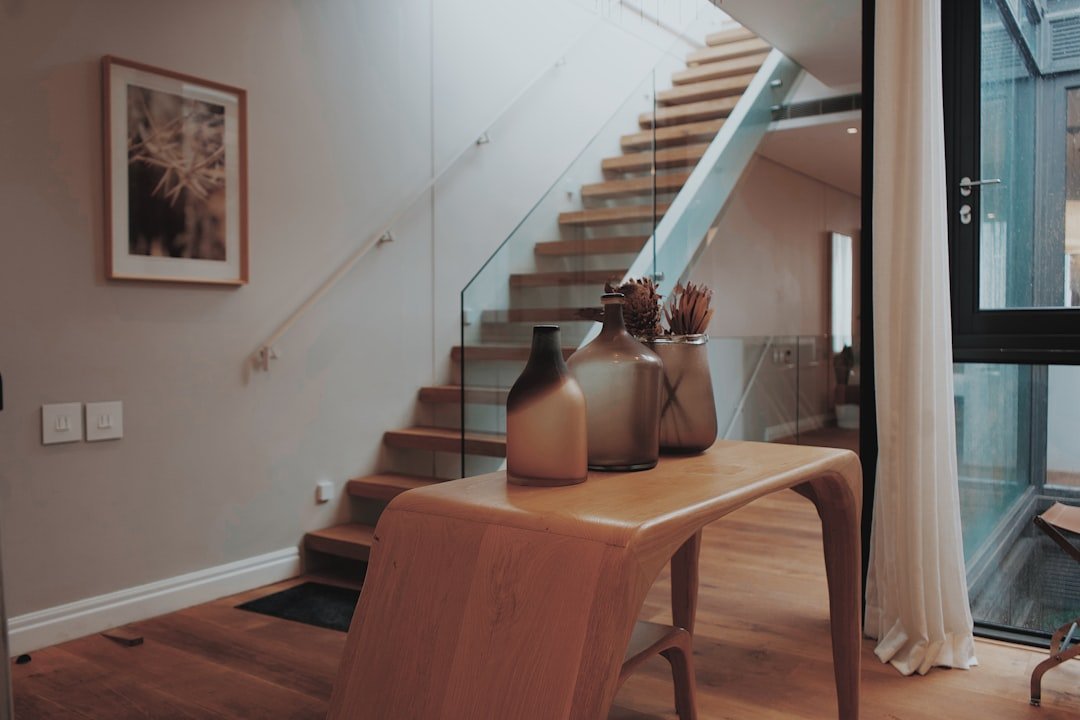
For countless people, acquiring a home stands as a major achievement that often feels like an indulgence. Given the substantial investment required and the stable economic standing it demands, it’s no surprise that this process is viewed as a premium experience by many.
Now, consider the prospect of purchasing an even more elite property, such as a prime oceanfront estate or a residence valued well over a million dollars. This raises important questions about the potential consequences and the precise financial stability needed to make such a purchase feasible. Exploring these factors can provide valuable insights into the world of high-end real estate, where background data shows that luxury homes often appreciate at rates higher than the general market, according to recent industry analyses from sources like the National Association of Realtors.
Financial Stability is Essential for High-End Properties
Purchasing a property in the seven-figure range goes beyond simply having the funds available. These assets require extensive upkeep, with expenses for maintenance, utilities, and services escalating due to their scale and location. For instance, in upscale neighborhoods, hiring landscaping professionals might cost several times more than in standard areas, and everyday needs could involve premium-priced local vendors since affordable options are scarce.
Additionally, owners may face ongoing costs for features like pool heating or elaborate lighting systems, which not only add to the financial burden but also raise environmental concerns, as highlighted in studies from energy efficiency organizations. Thus, engaging in luxury real estate means committing to a lifestyle that demands robust economic resilience. Before committing to such an extravagant purchase, it’s wise to ensure your financial foundation is solid enough to support the ongoing demands of a property in this elite category, including potential tax implications that can reach into the tens of thousands annually based on location.
High-End Properties Offer Unique Advantages
While some might dismiss a luxury home as merely a larger version of a typical residence with upscale furnishings, the reality is far more nuanced. Buyers are often investing in intangible benefits as well, such as the prestige of residing in an exclusive enclave populated by affluent individuals and public figures.
This exclusivity can translate to enhanced security measures and unparalleled social connections, setting it apart from conventional housing. In the broader real estate market, luxury segments differ significantly, with much of the premium price tied to experiential elements rather than just the physical structure. For example, properties designed by renowned architects or equipped with bespoke amenities contribute to a sense of status, drawing from global trends where luxury homes command prices inflated by up to 30% due to brand associations, as reported by luxury market analysts.
Customized Design Defines Luxury Living
Rather than settling for an existing luxury property, those with the means typically opt to commission a home tailored precisely to their preferences. They select a desirable location to reside in and invest heavily in modifications to align with their personal tastes and requirements, creating a truly bespoke environment.
This approach contrasts sharply with standard home buying, where individuals adapt to available options. In the luxury sphere, properties are engineered for adaptability, allowing owners to craft an ideal living experience. This trend is supported by data from custom home builders, indicating that over 60% of high-net-worth clients prioritize personalization, blending functionality with extravagance to elevate everyday life.
